Introducing the Howler Monkey
The howler monkey, a name that immediately evokes images of dense jungles and powerful vocalizations, is a fascinating primate native to the forests of Central and South America. Renowned as the loudest land animal, these monkeys are more than just their booming calls. They are complex creatures with intriguing social structures, specialized diets, and a crucial role in their ecosystems. This comprehensive guide delves into the world of howler monkeys, exploring their biology, behavior, habitat, and conservation status.
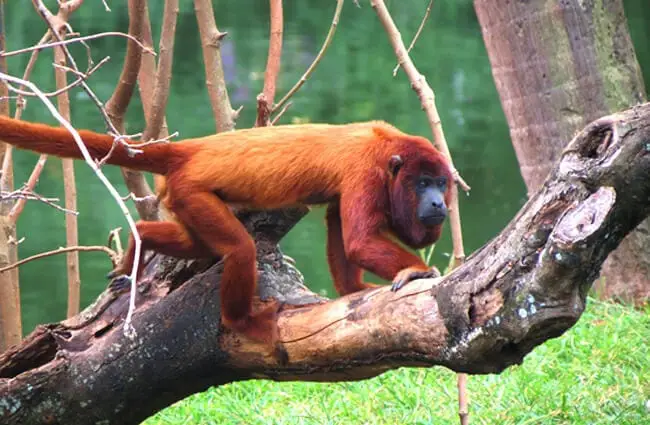
Physical Characteristics and Adaptations
Howler monkeys are large primates, with adults ranging in size from 50 to 90 centimeters in length, excluding their prehensile tail which can be nearly as long as their body. Males are significantly larger than females, often weighing up to 15 kilograms. Their coat color varies depending on the species, ranging from black to brown and reddish hues. The most striking adaptation is the hyoid bone in their throat, an enlarged structure that amplifies their calls, enabling them to be heard for miles. This vocal prowess is not merely for show; it’s essential for communication and territorial defense.
Habitat and Distribution
These primates inhabit tropical rainforests, dry forests, and even mangrove swamps of Central and South America. Their range extends from southern Mexico to northern Argentina. They are arboreal, spending the vast majority of their lives in the trees. The specific habitat varies by species. For example, the red howler monkey prefers undisturbed primary forests, while other species are more adaptable to secondary forests and disturbed landscapes. Understanding their habitat preferences is critical for effective conservation efforts.
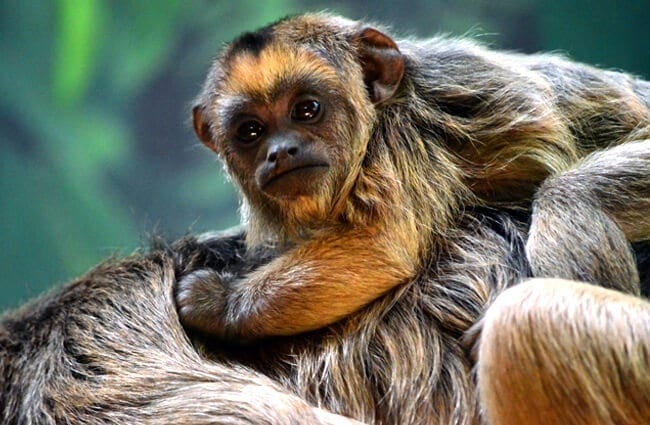
Behavior and Social Structure
Social Organization
Howler monkeys live in multi-male, multi-female groups, typically ranging from 5 to 20 individuals. These groups are characterized by a dominance hierarchy, with alpha males leading the group. However, these hierarchies aren’t always rigidly enforced and can shift based on individual strength and alliances. Group cohesion is maintained through grooming, vocalizations, and coordinated movements.
Communication: The Power of the Roar
The iconic howls of these monkeys aren’t random noises. They serve several critical functions including territorial defense, attracting mates, and coordinating group movements. Different types of howls convey different messages. Low-frequency howls travel long distances, effectively warning neighboring groups to stay away, while higher-frequency calls are used for more immediate communication within the group. The volume is truly remarkable; a single group’s howl can reach levels comparable to a jet engine.
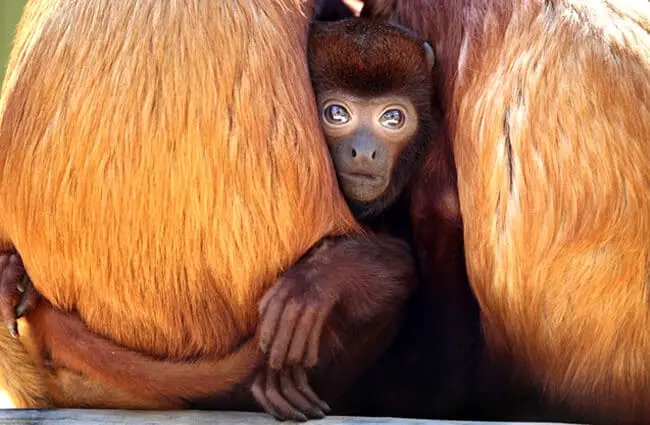
Diet and Foraging
Foliage Specialists
Unlike many other primates, howler monkeys are primarily folivores, meaning their diet consists mainly of leaves. This is due to the abundance of leaves in their habitat and their specialized digestive system. However, they are not exclusively leaf-eaters. They also consume fruits, flowers, buds, and occasionally insects to supplement their diet. They prefer young, tender leaves which are easier to digest and provide more nutrients.
Foraging Strategies
Howler monkeys spend a significant portion of their day foraging for food. They move through the canopy, carefully selecting leaves and fruits. Their prehensile tails act as a fifth limb, providing stability and allowing them to reach food sources that other animals can’t access. They tend to focus on a few preferred tree species, returning to them repeatedly.
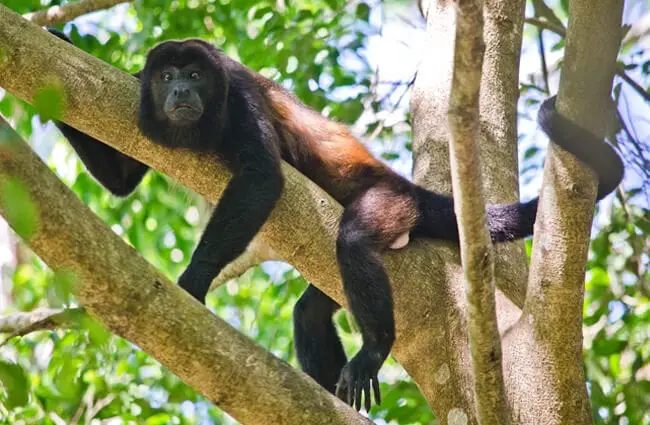
Reproduction and Life Cycle
Mating and Gestation
Howler monkeys typically have a prolonged breeding season, with mating occurring throughout the year. Dominant males have greater access to females and father the majority of offspring. Gestation lasts approximately 150 to 170 days, resulting in the birth of a single infant. Infants are highly dependent on their mothers and remain closely attached for several months.
Infant Care and Development
Mothers provide extensive care for their infants, nursing them for several months and carrying them around constantly. Infants learn essential skills by observing their mothers and interacting with other group members. They gradually become more independent, learning to forage for food and navigate the canopy. The presence of multiple adult males in the group can provide protection for the infants.
Ecological Role and Interactions
Seed Dispersal
Although primarily folivores, howler monkeys also consume fruit, and thus play a vital role in seed dispersal. They consume fruits and then deposit the seeds in different locations through their feces, contributing to forest regeneration. This is particularly important for trees that rely on animal dispersal for reproduction.
Interactions with Other Species
Howler monkeys interact with a variety of other animals in their ecosystem. They sometimes compete with other primates for food resources. They also serve as prey for large predators, such as jaguars and eagles, though their loud vocalizations can help them to detect and avoid danger. They often coexist peacefully with other arboreal mammals and birds.
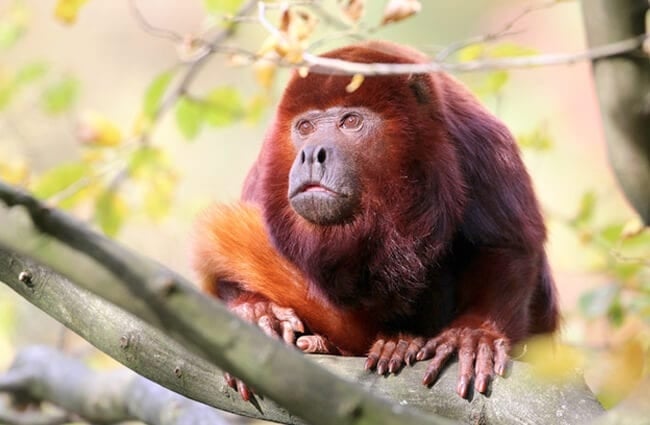
Howler Monkeys and Humans
Habitat Loss and Conservation
The greatest threat to howler monkey populations is habitat loss due to deforestation for agriculture, logging, and human settlement. Fragmentation of their habitat can isolate populations, reducing genetic diversity and increasing the risk of extinction. Conservation efforts focus on protecting and restoring their habitat, establishing protected areas, and promoting sustainable land use practices.
Cultural Significance
In many indigenous cultures of Central and South America, howler monkeys hold significant cultural and spiritual meaning. They are often featured in folklore, mythology, and traditional ceremonies. Their loud vocalizations are sometimes seen as a symbol of power or a connection to the spirit world.
Encountering Howler Monkeys in the Wild
If you encounter howler monkeys in the wild, it is important to observe them from a respectful distance. Avoid making loud noises or sudden movements, as this can startle them. Do not attempt to feed them, as this can disrupt their natural foraging behavior. Be aware of your surroundings and be prepared to retreat if they appear agitated.
Deeper Dive: Species Variations and Evolutionary History
Species Diversity
There are six recognized species of howler monkey, each with unique characteristics and adaptations. These include the red howler monkey (Alouatta seniculus), black howler monkey (Alouatta caraya), mantled howler monkey (Alouatta palliata), pygmy howler monkey (Alouatta pigra), Amazonian howler monkey (Alouatta belzebul), and Ecuadorian howler monkey (Alouatta brumata). Variations in coat color, size, and vocalizations are used to distinguish between species.
Evolutionary Origins
The evolutionary history of howler monkeys is traced back to the Oligocene epoch, around 30 million years ago. They are believed to have originated in South America and gradually dispersed throughout Central America. Their large size, folivorous diet, and loud vocalizations are thought to be adaptations to their arboreal lifestyle and competitive environment.
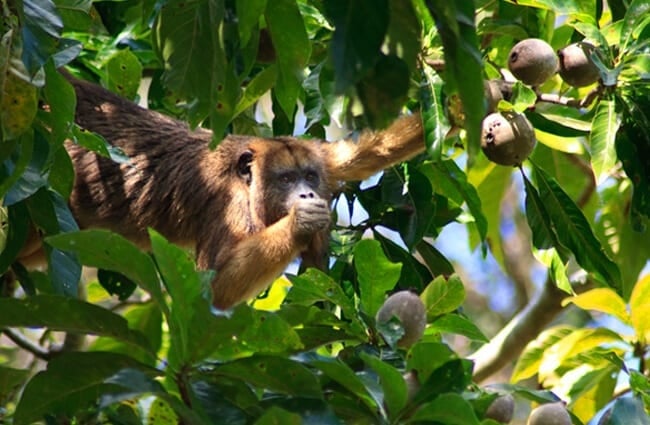
Caring for Howler Monkeys in Captivity
Caring for howler monkeys in a zoo or sanctuary requires specialized knowledge and resources. They need a large enclosure with plenty of climbing structures, trees, and vegetation. Their diet should consist of a variety of leaves, fruits, and vegetables, supplemented with vitamins and minerals. Regular veterinary care is essential to monitor their health and prevent disease. Enrichment activities, such as puzzle feeders and social interaction with other monkeys, are important to keep them mentally and physically stimulated.
Fun Facts About Howler Monkeys
- They can be heard up to 3 miles away!
- Males have a specialized scent gland on their chest used for marking territory.
- Their digestive system contains bacteria that help break down tough leaves.
- Infants cling to their mother’s belly for the first few months of life.
- They are considered a keystone species in their ecosystem.
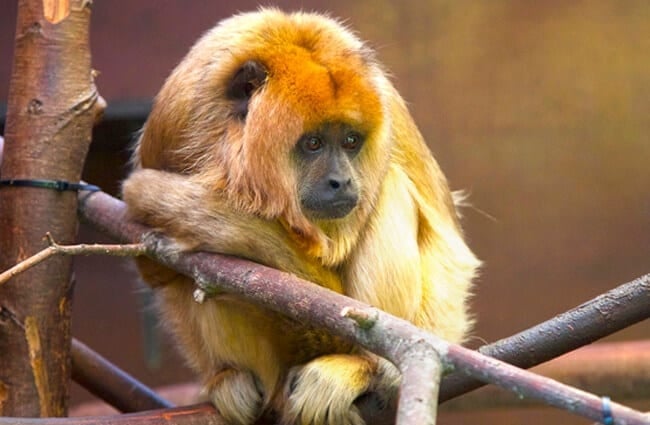
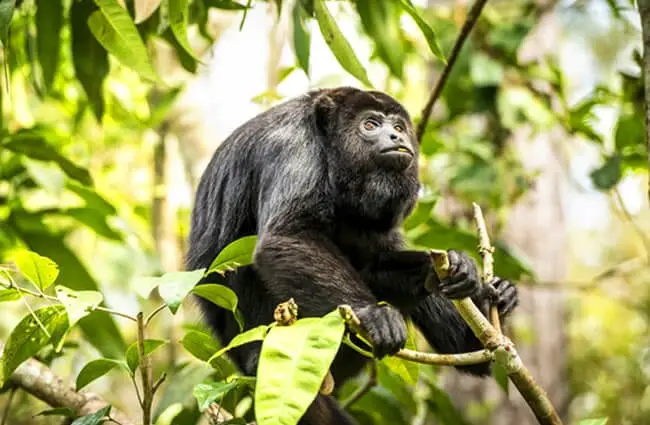
The howler monkey is a remarkable primate, playing a vital role in the ecosystems it inhabits. Understanding their biology, behavior, and conservation needs is essential to ensure their survival for generations to come. By protecting their habitat and promoting sustainable practices, we can help these magnificent creatures continue to roar through the forests of Central and South America.

![Red Angus Closeup of a beautiful Red Angus cowPhoto by: U.S. Department of Agriculture [pubic domain]https://creativecommons.org/licenses/by/2.0/](https://animals.net/wp-content/uploads/2020/03/Red-Angus-4-238x178.jpg)




![Red Angus Closeup of a beautiful Red Angus cowPhoto by: U.S. Department of Agriculture [pubic domain]https://creativecommons.org/licenses/by/2.0/](https://animals.net/wp-content/uploads/2020/03/Red-Angus-4-100x75.jpg)

